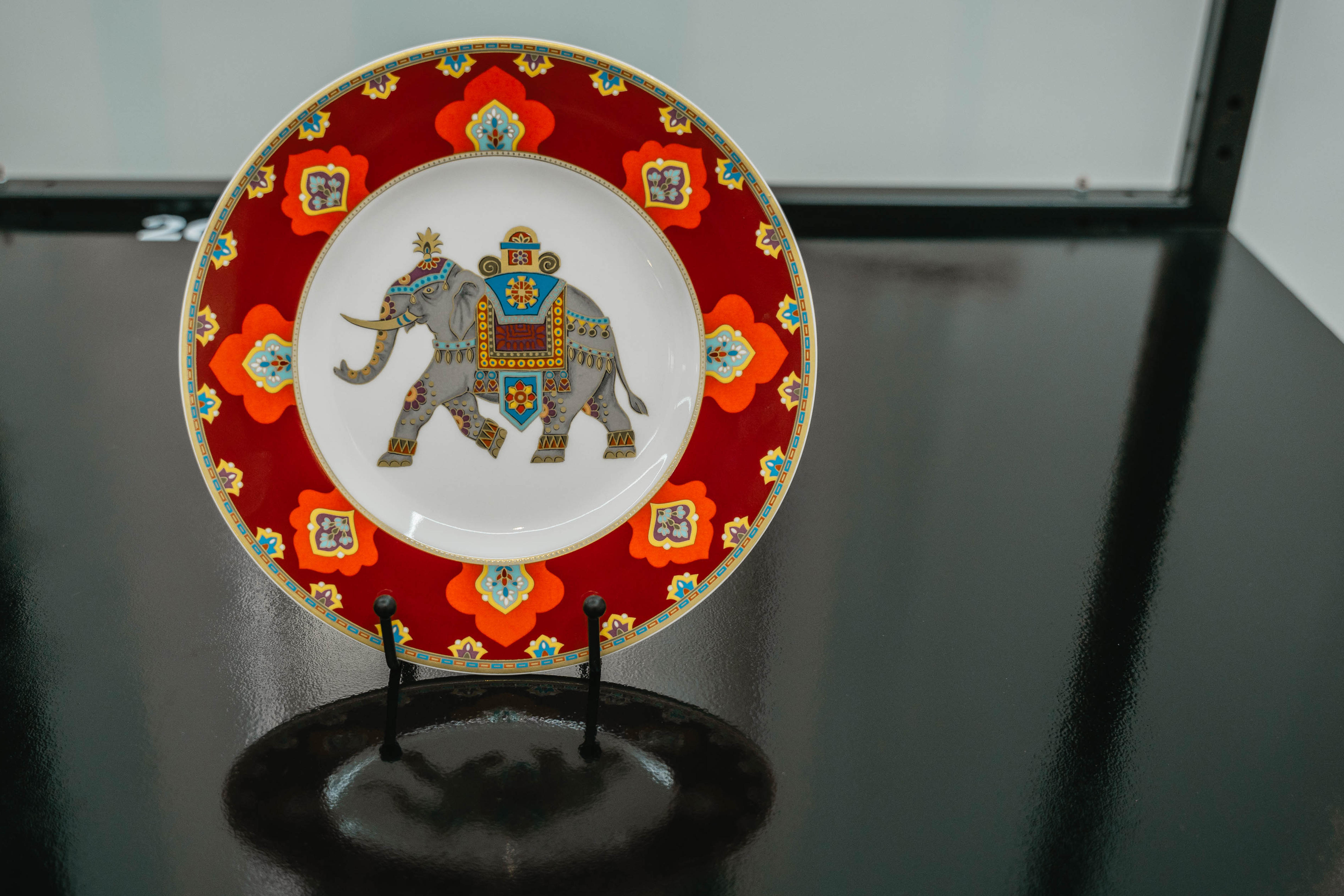the name of samarkand
The exhibition “The Name of Samarkand” explores the perception of the city in world cultures. Presenting more than fifty objects—including books, records, a film, a movie poster or perfumes—it demonstrates that Samarkand has inspired and continues to inspire many creative people, even those who have never visited it. These individuals use its poetic name and the images it evokes in their minds as a source of inspiration.

Few cities have names that carry such strong mythology, and Samarkand is one of them. New York is synonymous with skyscrapers, Paris evokes a romantic atmosphere, Berlin symbolises the Cold War, and Rome is characterised by millennia-old monuments. Similarly, Samarkand conjures images of the Silk Road, an Orient of yellow sand and blue ceramic tiles, a distant oasis in the desert and the exotic Central Asia.


Samarkand has served as an inspiration for numerous cultural creations worldwide. Hugo Pratt used it in the title of one of his Corto Maltese comic books, and the luxury brand Hermès named one of its fragrances “Poivre Samarcande”. A Hollywood film included the city's name, and in the 1970s, a Japanese composer named experimental electronic music after it. There are also ceramic plates, novels and board games that feature Samarkand. However, all these uses of the city's name come from outsiders, filled with clichés, expectations and fantasies. It is an image onto which people project their dreams.

The exhibition features more than 50 objects — books, posters, records, perfumes, board games, films, and much more. These items, collected from all corners of the globe, tell the story of how Samarkand became a symbol of dreams and inspiration. How can the name of a city become a brand? What is the connection between the images we create in our minds and the reality we physically experience? Are clichés and stereotypes more influential than reality itself? Is it possible to “colonize” an image, a mirage, a dream? These questions are open for exploration at the exhibition, where visitors will analyze them and experience them firsthand.






you can download the complete publication that accompanies the exhibition here!



The Name of Samarkand
Art Station — Silk Road International University of Tourism and Cultural Heritage, Samarkand (Uzbekistan)
Curated by: Thibaut de Ruyter
Architecture: Dona Kulmatova & Thibaut de Ruyter
Supported by the Goethe-Institut, Uzbekistan and in cooperation with the Central Asia Art and Culture Programme (CAACP) of the Swiss Agency for Development and Cooperation (SDC).